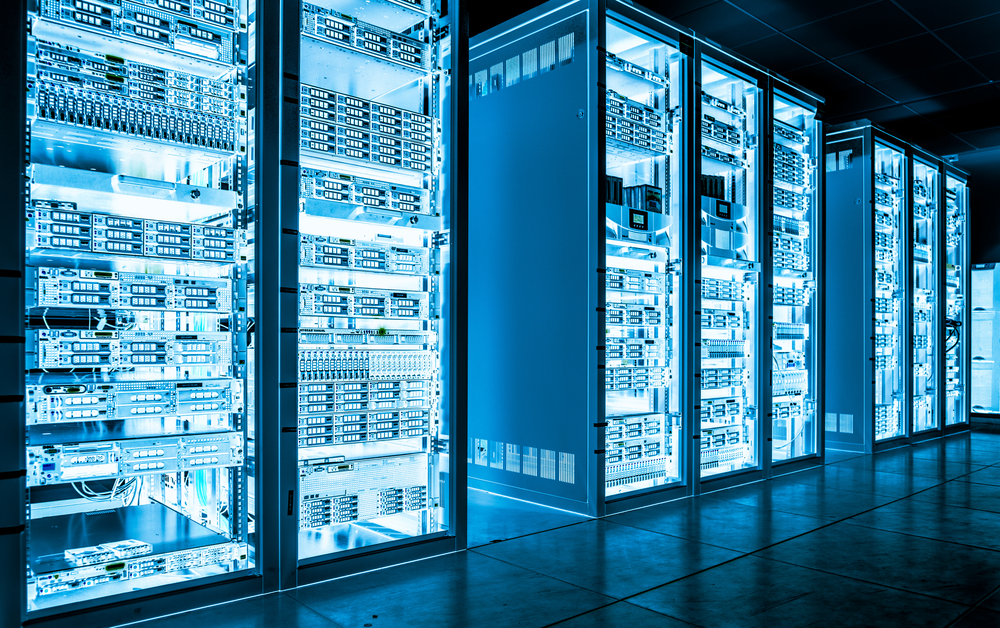Upgrading your data storage is crucial to your business’ success – laying the foundation to its efficient functioning. Without sound IT solutions in place, you’ll find other areas of your business starting to struggle, potentially building up to an inevitable meltdown of catastrophic proportions.
In short, data storage is at the heart of any IT infrastructure, allowing employees to access what they need to complete the task at hand without delays. Now more than ever, COVID-19 has emphasised the importance of having robust IT systems for flexible and remote access.
Failing to upgrade your data storage systems can see colossal backlash, and the cost of dealing with a downturn can dwarf the costs of a quick upfront upgrade. Here are five easy signs to spot that your IT data storage systems are due for an upgrade:
-
Your employees are spending more time on IT, than their actual work
With IT solutions dating back to the stone age, it’s no wonder your employee productivity levels may be dropping. Old data storage systems weren’t built for the speed capabilities of computers designed in the modern era. Therefore, running 10-year-old servers is like driving to work in a horse and cart; it’s just not functional anymore.
If your employees are complaining about the IT issues in the company, this should be one of your first and foremost concerns. Not only are you loosing productivity from your employees, damaging your corporate image, but you’re also making work less enjoyable. Companies that neglect their IT issues always have a higher employee turnover, again affecting bottomline.
-
Maintenance is too high, driving costs up
With old data storage systems, the cost of maintaining and operating can be extremely costly. The costs of maintaining servers increase year on year, by their 5th year, maintenance costs are up 148% from the first year in service, and up 300% by the 7th year. Failing to account for the increasing costs of aging servers into your P&L, will see your company failing to make a profit in the future.
Although sometimes IT upgrades can make your eyes bulge, the downtime, setup costs and staff training in itself can be a nightmare. By accurately calculating what the incurred costs would be in the future without that upgrade, you’d understand the importance of doing it sooner rather than later.
The second half of the problem from high maintenance costs is the technicality associated with old systems. Commonly not many people are experienced with troubleshooting old systems. Therefore, technical specialists will be commonly needed to solve the simplest of issues, making what would be a simple problem, an expensive headache.
-
You’re running out of storage space
Running out of storage space has to be one of the simplest and easiest ways to see that your data storage solution is due for an upgrade. If your system is starting to reach capacity, don’t try adding additional storage onto your pre-existing system. Take advantage of this scenario and upgrade the whole system. The cost difference between upgrading the entire system and slowly upscaling the old system is less and an excellent opportunity to improve business productivity.
-
Remote access requires low latency
COVID-19 has changed the way we work forever. With more people now working from home, and who are requesting to continue to work from home, the need to access company servers from home and with high speeds has increased exponentially. Minimising the latency of your application access to storage is vital. All-flash solutions such as those offered by StorCentric have been crucial in helping the world adapt to flexible business needs, allowing users to seamlessly access applications regardless of their physical location.
-
Your power bill is through the roof
You might not think power usage to be a big issue with servers, but in 2017 data storage centres worldwide accounted for 416 terawatts, which is 40% more than the total energy consumption of a country for a year. Data storage solutions are growing at a rapid rate to keep up with modern demands, and the power bill is climbing along with it.
Old school servers often run at full capacity to keep up with the powerful applications that we now use on them today. Applications like Microsoft Dynamics and SAP require great deals of processing power and often require old servers to work at full capacity, resulting in large amounts of electricity usage. Running these legacy servers at 100% capacity results in overheating, breakdowns and costs incurred.
Don’t neglect the importance of up-to-date IT infrastructure in your business. Ensure your business is always running at maximum levels of productivity. Should your company consider upgrading your data storage solutions or need consulting to evaluate if it’s the right time for your company to do so, get in touch with us today!

